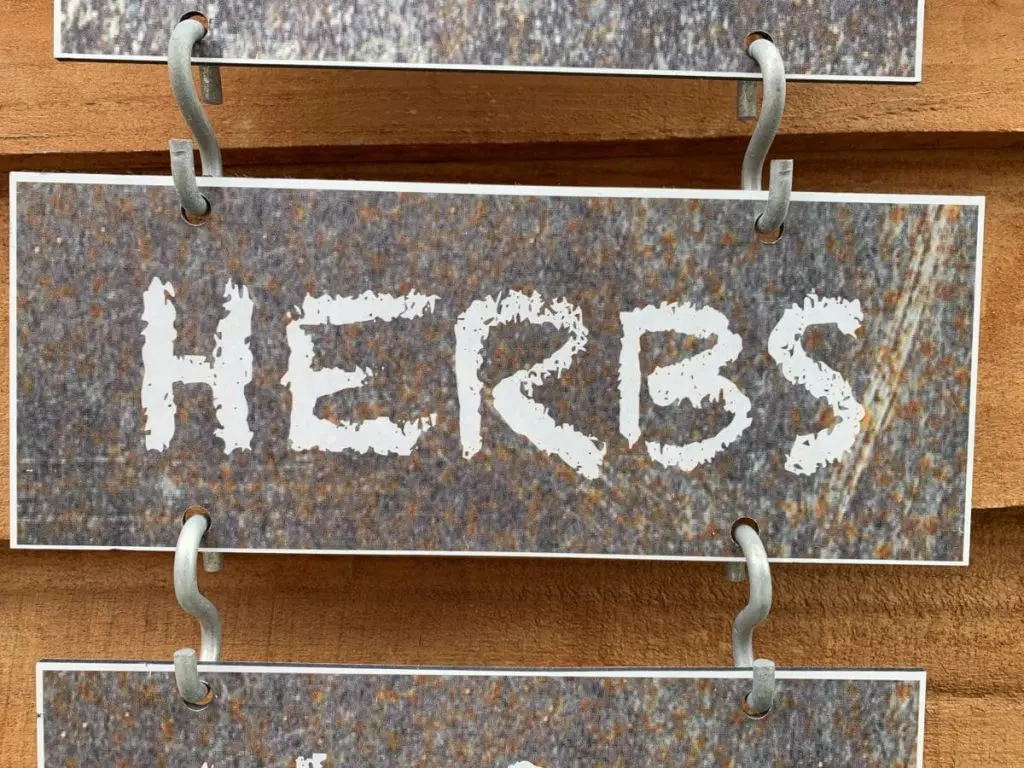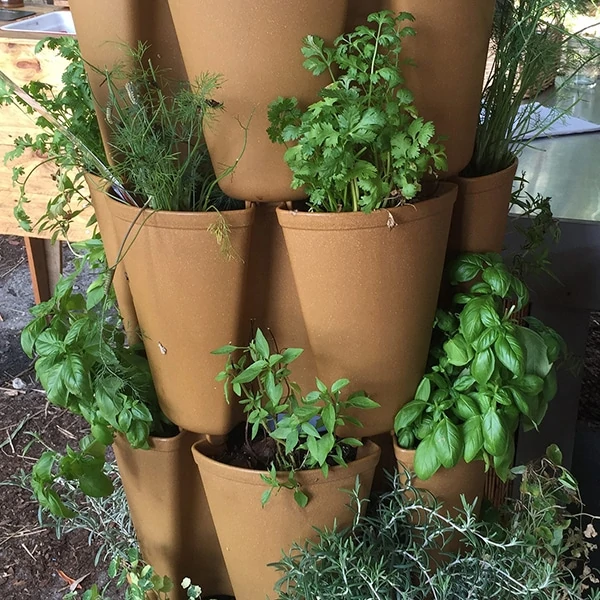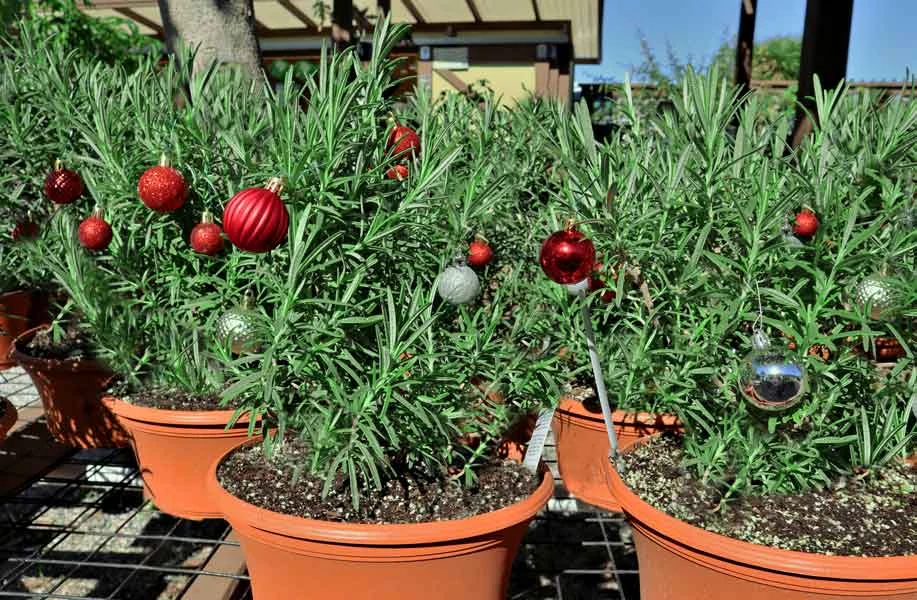by Amanda Rose Newton
Herbalism describes the practice of using preparations of herbs to enhance health and soothe or fight aches, pains, and diseases.

Interest in using natural products, whether in the laundry room or in the yard is growing at a rapid pace. There are still plenty of skeptics of herbalism practices out there, too, but the National Institute of Health hosts a plethora of research on specific herbs and aliments to easily fill up a free afternoon.
In fact, many of us might have been practicing herbalism without realizing it! Foraging has a close kinship with herbalism, and the act of collecting and seeking the perfect fungi, wildflowers, and wild roots provides all the thrills of shopping without the expense.
The recent trend toward self-care and green bathing has encouraged us to explore more ways to connect with nature, the community, and our ancestors. This “back to the land” movement can start right in your own backyard.
Herbalism Today
Approximately 80% of the world actively practices herbalism (World Health Organization, 2023). Looking at the percentage, it starts to become something less “trendy” or “ancient”. Data is great at offering up a nice dose of reality and validity all at the same time.
When thinking about plants that belong in your “backyard apothecary” one should know that herbalism includes the use of many different aspects of plants, including leaves, flowers, fruits, seeds, bark, stems, and roots.
When you think about how many times a day you encounter a plant, whether in your cup of chamomile tea or using soothing aloe gel on a sunburn, it becomes clear that we have a special relationship with plants. We coevolved with them, so it makes logical sense that they can help make us feel better.
What to Plant
Herbs are the perfect place to start for your herbalism garden! Usually used to enhance flavor, culinary herbs have wonderful aromatic and healing qualities. They also happen to be easy to grow! Just remember to keep them watered (but not too much) and out of the intense sun during the upcoming summer months.
Basil (Ocimum basilicum)
Basil is part of the Lamiaceae family (mint) and like all mints, it not only smells good but has a lot of additional uses.

Basil has a history of saving the day after a heavy meal, as steeped leaves are a natural gas reliever and digestive calmer. A natural calming aid, the scent helps with headaches, anxiety, and stress. The hard-to-keep-in-stock Holy Basil is a favorite for its medicinal calming qualities.
Oregano (Origanum vulgare)
Before it was hanging out in your kitchen, oregano was being used medicinally for thousands of years. Like basil, it is also a calming herb great for anxiety but also expands its horizons into the world of fever reducers and cough silencers. Like any of the herbs on this list, it makes a mean tea simply by boiling the leaves.
Parsley (Petroselinum crispum)
Parsley is not just a garnish! In fact, give it proper due as it’s filled with minerals, fiber, and vitamins needed for our everyday health.

Many of us had grandparents who used parsley as a natural breath freshener and if you have never tried it, it’s a heck of a lot cheaper than organic mints from the store.
Rosemary (Salvia Rosmarinus)
There is something magical about all the forms rosemary can take, from creeping to small shrub, it’s versatile in an effortless way. It also makes people happy!

It has been used as an anti-depressant and a headache soother, particularly for migraines. When paired with other herbs on this list, it makes a lovely-smelling bug repellent so you can breathe in happy vibes and fight bugs at the same time.
Sage (Salvia officinalis)
Sage has an astringent effect that just leaves everything feeling clean. Therefore, it is commonly used as an ingredient in natural deodorants, mouthwash, and as a cold sore remedy.
Thyme (Thymus vulgaris)
Thyme is yet another friend to your digestive tract. It has a long history of showing up in ingredient lists for “sluggish digestion” cures. It also has a past life as a mouth rinse for ailments like laryngitis and tonsillitis. In my personal life, the creeping version has led a double life as both tea and beautiful, edible groundcover.
Fennel and Dill
Fennel and dill share a family (Apiaceae) and similar purpose in the world of herbalism. Primarily used as digestive aids, they have a shared past life as a colic treatment for babies. The plants themselves are worth having in your garden for their high mineral content and fennel’s role in promoting blood health.
Elderberry (Sambucus sp.)
Elderberries are part of the indigenous past of Florida. Native to our region, this plant has had a resurgence in popularity thanks to the health-promoting fruits it produces.
One should note that you must prepare this one before consuming directly from the plant.
Butterfly Pea (Clitoria ternatea)
Butterfly pea is peaking in popularity, mainly due to its edible flowers and the beautiful blue-hued teas it creates when steeped. The color alone is a sure mood lifter and like many legumes, is nutrient rich. Seeds are easy to come by and it’s super easy to grow.
Herbalism has always been rather accessible and inclusive but best of all, it’s easy to learn. Being armed with knowledge and a desire to keep learning is really the only requirement for growing your own herbs and creating your own apothecary from nature. Be sure to check out our upcoming workshop with local expert Ms. Mango to get started!


